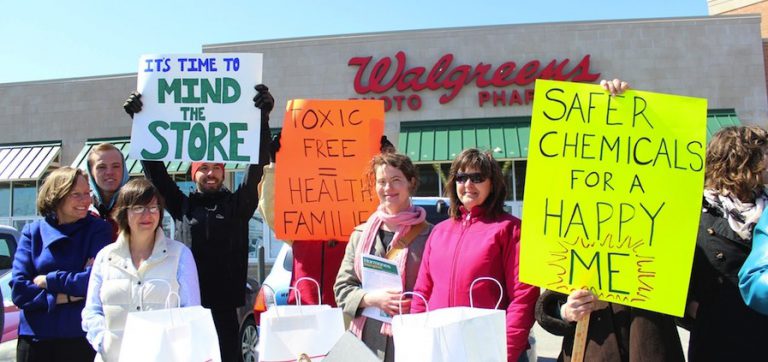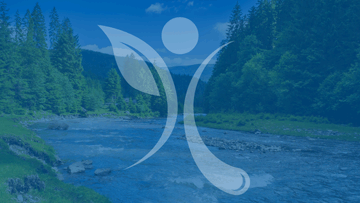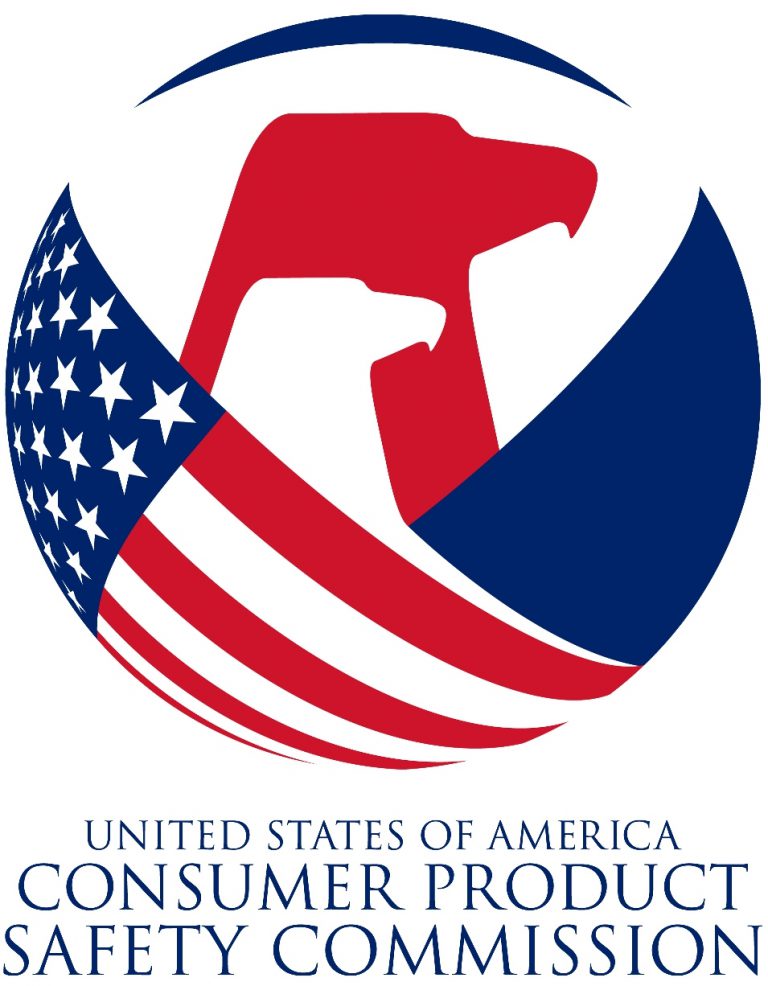Blog

Phthalates are hormone-disrupting chemicals that are used to soften plastic, and found in hundreds of products throughout our homes: shower curtains, shampoo, flooring… and yes, even shoes.

Crisply folded stacks of linens, spotless baby layettes and dry-cleaned suits hanging in the closet are traditional hallmarks of a well-kept home. Generations of homemakers have prided themselves on laundry that looks and smells perfectly clean, often with a distinctive scent from detergent or dryer sheets. Could our quest for the perfect stack of clean […]

Last week, Bloomberg News broke a major story that shined the light on the dangers of triclosan, a hormone-disrupting chemical commonly used in antibacterial soaps and even Colgate Total toothpaste.
Your support allows us to make big impacts. Will you donate today?

Five months after Green America launched their Bad Apple: End Smartphone Sweatshops campaign, the company agreed to remove toxic chemicals including benzene and n-hexane from its supplier factories in China.

These results are particularly troubling since children, ages one to five, are in important stages of development and likely more sensitive to environmental chemicals, particularly those that affect their metabolism and hormones.

A panel of scientists assembled as members of the Chronic Hazard Advisory Panel (CHAP) and charged with assessing the safety of using phthalates or six alternative chemicals in children’s toys and child care articles has completed their review and released a report.

Hydraulic fracturing, or fracking, has become a common – and controversial – method for extracting natural gas and oil trapped underground. The process involves various chemicals, some of which are known to be hazardous. With the potential for contamination, it’s important to know exactly what chemicals are being used and what their health impacts are.

Despite industry’s relentless campaign to overturn the ban on these extremely toxic chemicals, we are heartened that the science and concern for the protection of children’s health won out, at least at this step of the process.

95% of triclosan and the vast majority of triclocarban are flushed down the drain where triclosan then goes on to form other toxic by-products including dioxins. In fact it was the presence of dioxins in Minnesota’s lakes that resulted in the state taking action.

A new report out of Michigan sheds light on why investing in lead abatement makes financial sense. For many of us who support removing lead from homes and products, it's a no brainer, right?! But when it comes to making the case to state and federal lawmakers, numbers speak louder than words.

